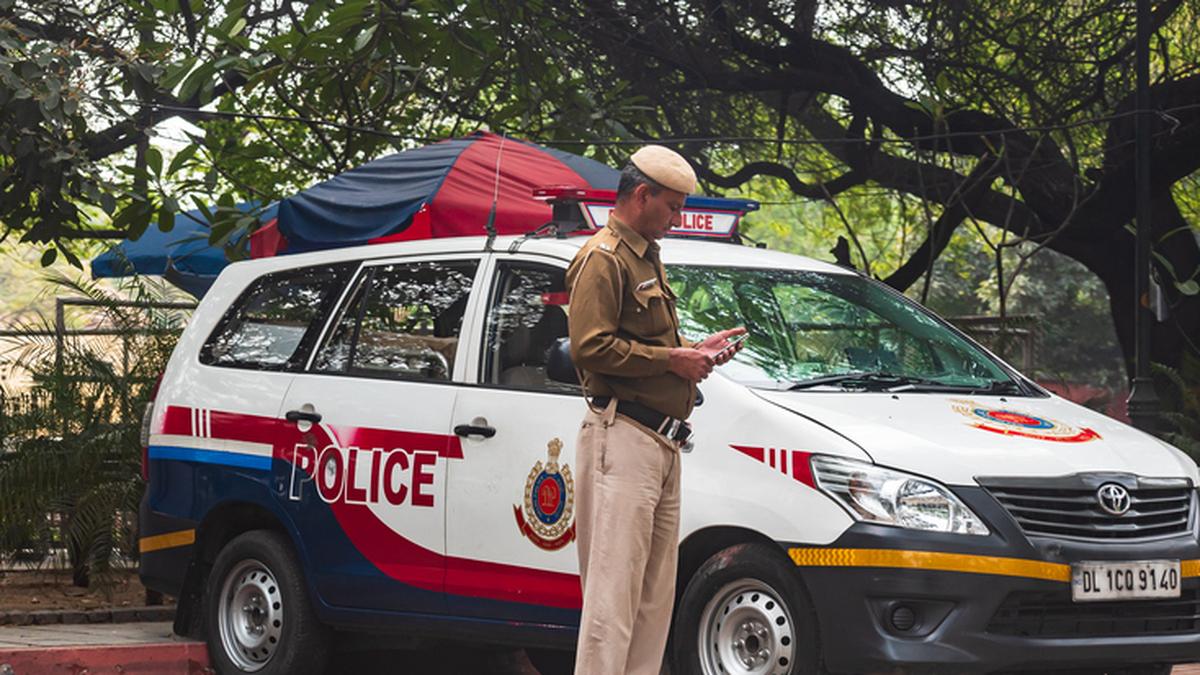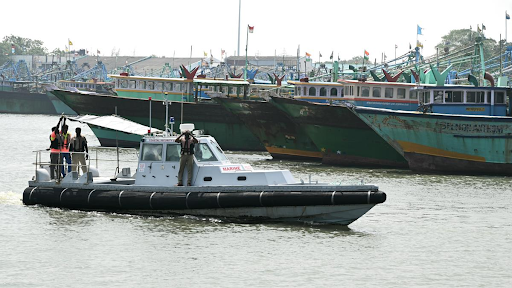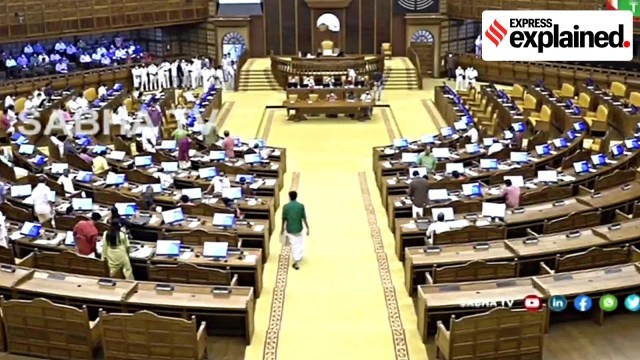Description
Disclaimer: Copyright infringement not intended.
Context
- Kolkata's historic Fort William have been renamed as Vijay Durg to remove colonial influence from the Indian Army.
- The new name Vijay Durg serve as a naval base for the Marathas under Chhatrapati Shivaji Maharaj.
- Vijay Durg is an ancient fort which is located on the Sindhudurg coast of Maharashtra.
Details
- The name change shows the pride in India's indigenous military history, under the Maratha Empire.
- The decision to rename the fort have been taken in mid-December 2024.
- From then, official communications have stopped using the old name, Fort William, and have adopted Vijay Durg as a New name.
- Prime Minister Narendra Modi called it a step towards “gulami ki mansikta se mukti”.
Background of Fort William
- Fort William was originally built by the British in Kolkata in 1781
- And it was named after King William III of England.
- It was served as the headquarter of the Eastern Army Command during British rule and remains a major military site.
Changes to Other Locations
- Along with renaming Fort William, other places inside the fort have been renamed:
- Kitchener House has been renamed Manekshaw House in the honour of Field Marshal Sam Manekshaw, a Indian military leader.
- The south gate, formerly called St George's Gate, is now called Shivaji Gate in memory of Chhatrapati Shivaji Maharaj.
Other Reforms in the Armed Forces
- As part of these reforms, in September 2022 the Indian Navy released a new naval flag.

- This new flag removed colonial elements and included symbols of Indian history inspired by Chhatrapati Shivaji.
- The Beating Retreat ceremony, traditionally play with British military music, now features Indian compositions replacing colonial-era tunes.
- The Indian Army has reviewed its ceremonial practices and dresses as well, to bring them in line with Indian culture and heritage.
Defence Minister’s Role
- In September 2024, the Minister of Defense released a publication titled "Colonial Practices and the Armed Forces - A Review",
- It documented and analysed colonial practices still present in the armed forces.
- The review is part of ongoing efforts to modernise military traditions and eliminate outdated systems.
Conclusion
Renaming Fort William as Vijay Durg is a significant step in India's efforts to shed colonial influences and reassert its identity. The renaming is part of broader reforms that aim to realign the Indian military with the nation's heritage, embrace indigenous practices and reject colonial legacies. These actions are in line with Prime Minister Modi's vision of an Indianised military that reflects the nation's values, history and sovereignty.
Source:
The Hindu
|
Practice Question
Q. With reference to the renaming of Fort William to Vijay Durg, consider the following statements:
- The name change reflects India's efforts to eliminate colonial influence from the military.
- Fort William was originally built by the British in 1781 and named after King William III.
- Along with renaming the fort, all other military structures inside it were renamed after colonial leaders.
Which of the statements given above is/are correct?
(a) 1 and 2 only
(b) 2 and 3 only
(c) 1 and 3 only
(d) 1, 2 and 3
Answer: (a)
Explanation:
Statement 1 is correct: The renaming of Fort William to Vijay Durg is part of a broader effort to eliminate colonial influence from India's military and reassert its indigenous history and identity.
Statement 2 is correct: Fort William was built by the British in 1781 and was named after King William III of England.
Statement 3 is incorrect: While several places inside the fort have been renamed, including Kitchener House to Manekshaw House and St George's Gate to Shivaji Gate, not all structures were renamed after colonial leaders. Some were renamed to honor Indian military leaders and historical figure.
|










